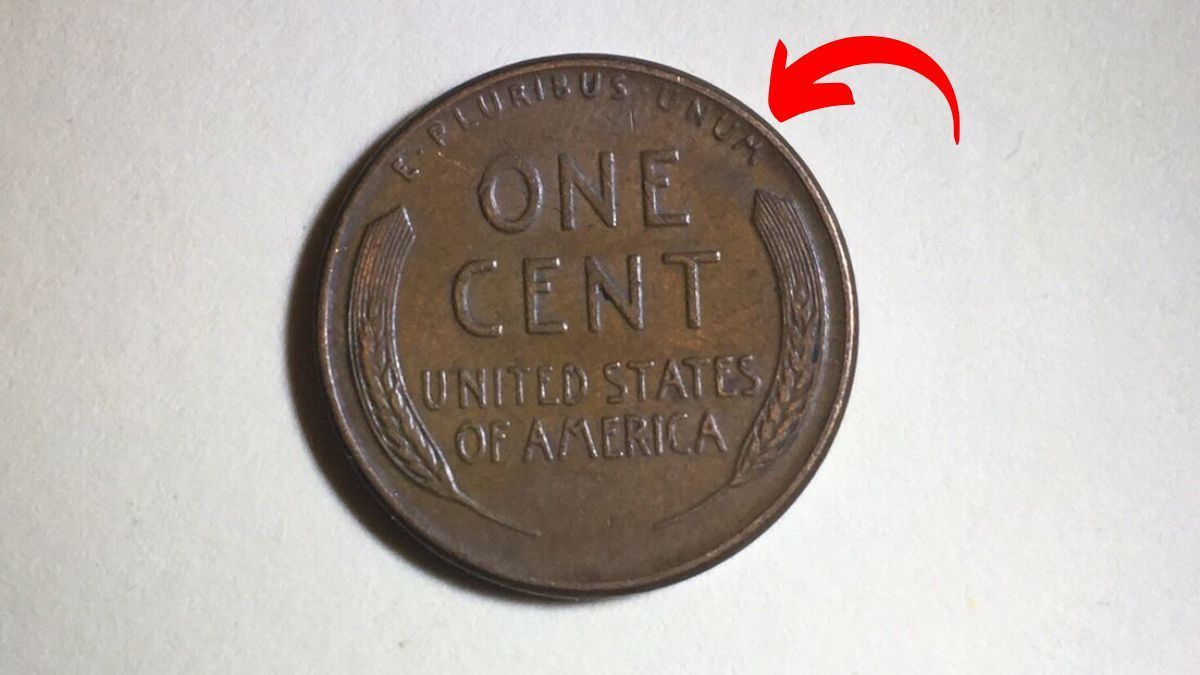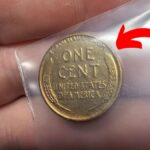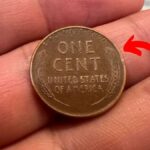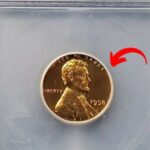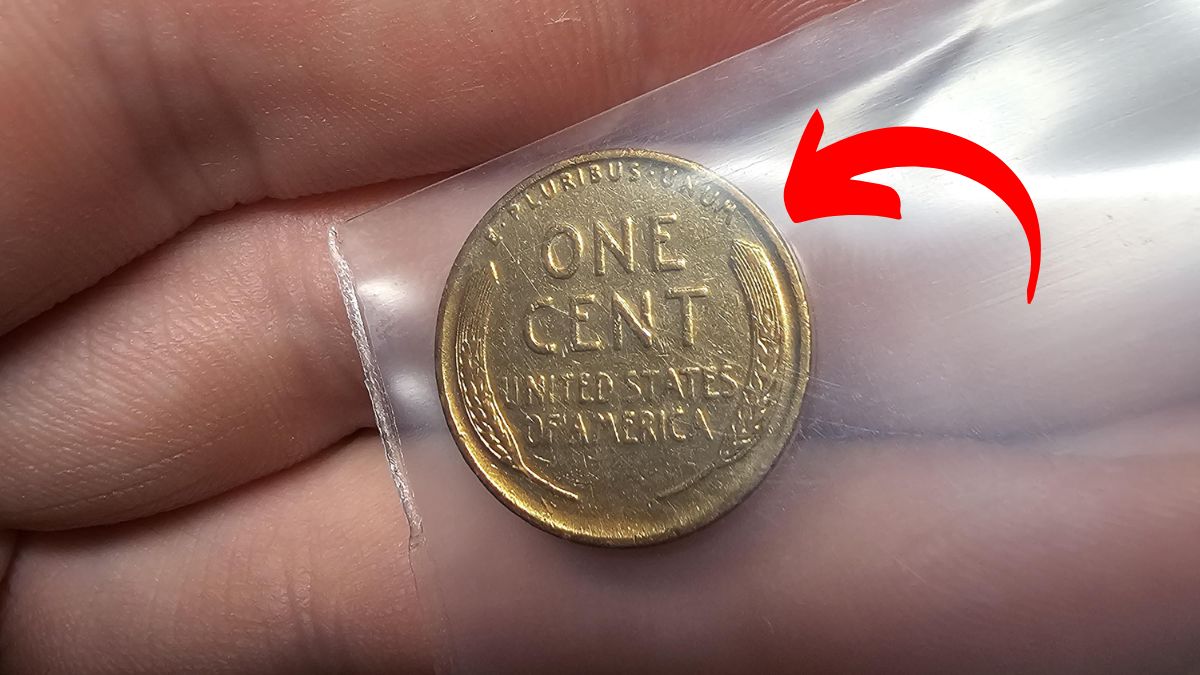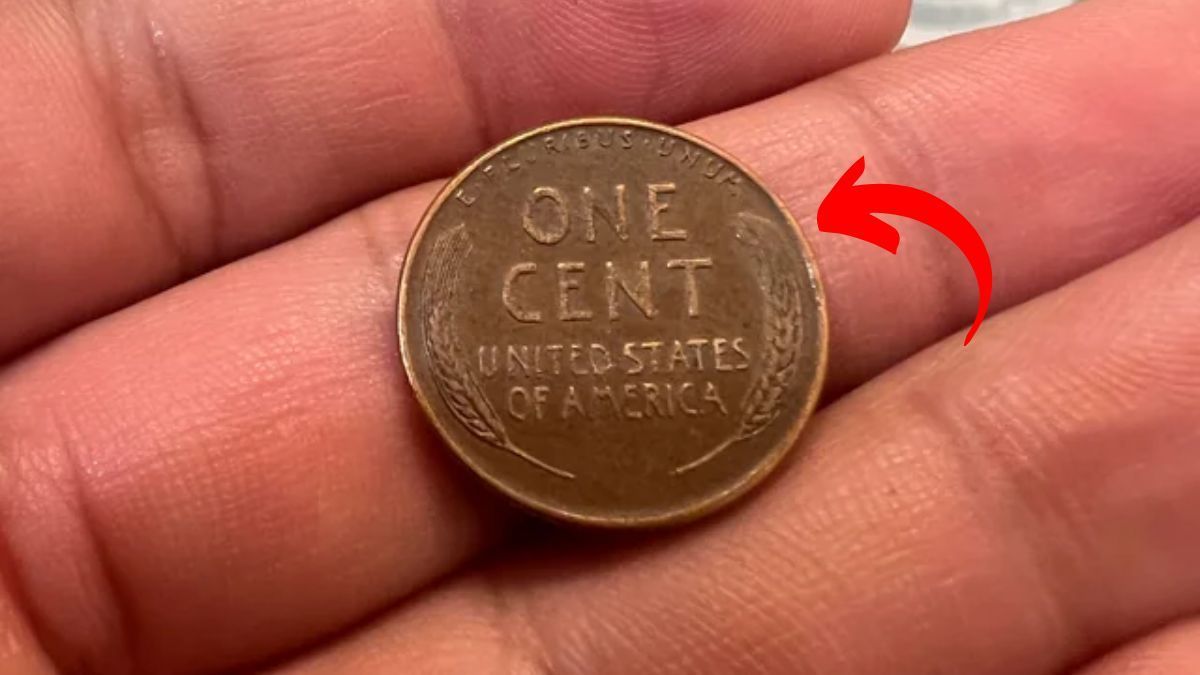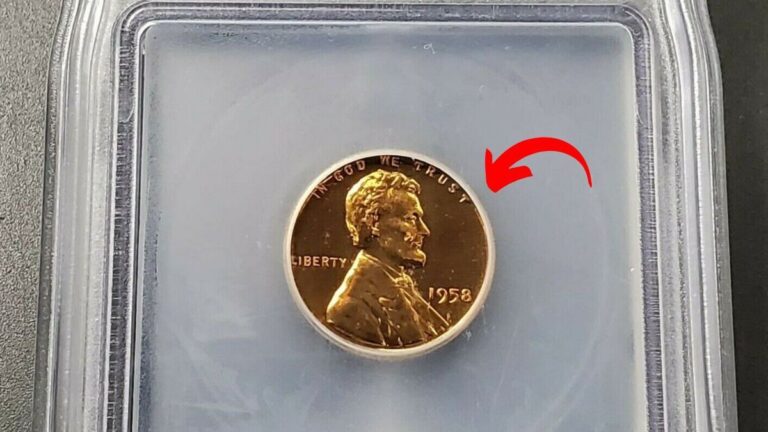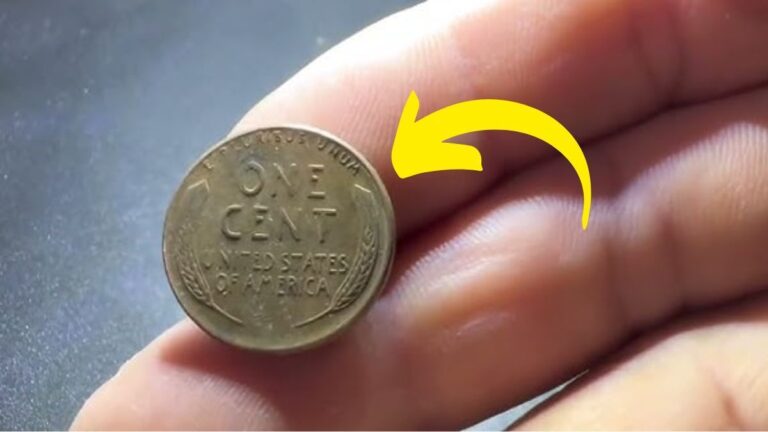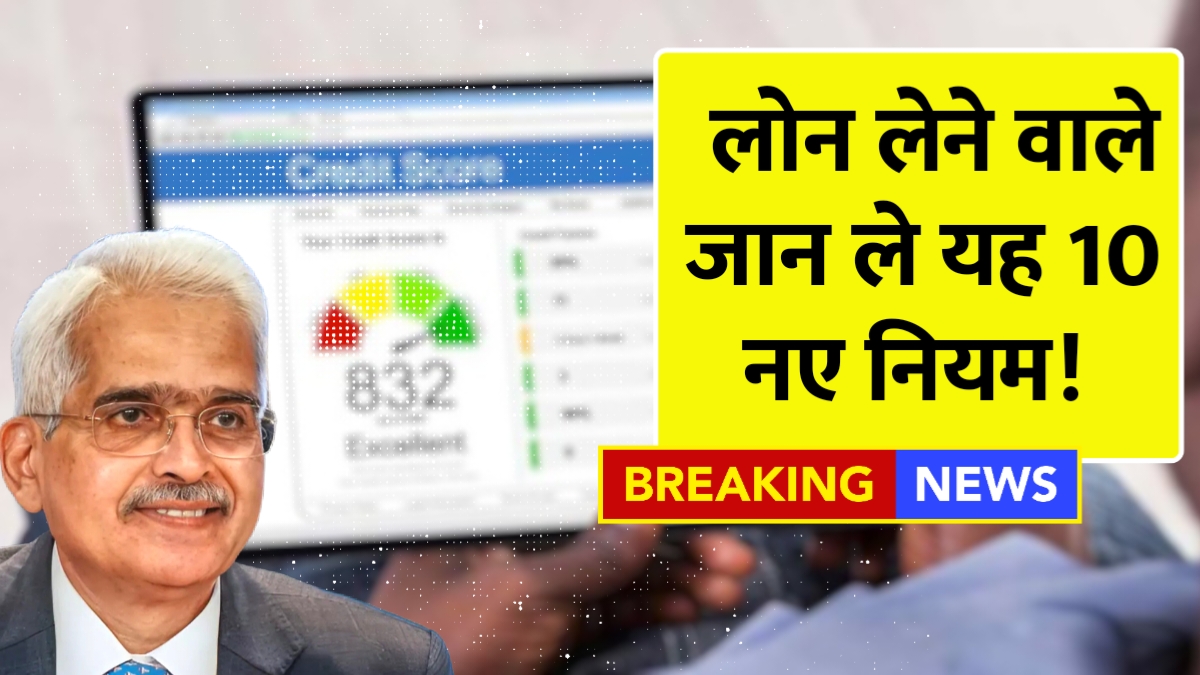Lincoln Wheat Penny Valued at $9.0 Million: Imagine finding a small copper coin in your pocket change that could be worth millions of dollars. This isn’t just a dream but a real possibility for anyone who handles American currency. The rare Lincoln Wheat Penny, valued at an astonishing $9 million, is believed to still be in circulation today. This makes every penny that passes through your hands a potential lottery ticket. The hunt for this extraordinary coin has captured the imagination of both serious collectors and everyday people. In this article, we’ll explore the fascinating history of this coin, what makes it so valuable, and how you might identify one if you’re lucky enough to come across it.
The Birth of the Lincoln Wheat Penny
The Lincoln Wheat Penny first appeared in American pockets in 1909, created to commemorate the 100th birthday of President Abraham Lincoln. The coin featured a dignified portrait of Lincoln on the front, designed by sculptor Victor David Brenner. The back of the coin displayed two wheat stalks framing the words “ONE CENT” and “UNITED STATES OF AMERICA.” These wheat stalks symbolized America’s agricultural prosperity and unity, giving the coin its distinctive name. The Lincoln Wheat Penny remained in production until 1958, when it was replaced by the Lincoln Memorial design that many people are familiar with today.
What Makes This Penny Worth Millions?
Not all Lincoln Wheat Pennies are worth millions – in fact, most are worth just a few dollars to collectors. However, certain rare variations have skyrocketed in value due to several important factors. First, some pennies were created with rare minting errors that make them one-of-a-kind. For example, in 1943, when most pennies were made from steel due to copper shortages during World War II, a few copper pennies were accidentally produced. These rare mistakes are highly prized by collectors. Second, some years had extremely limited production runs, particularly at certain mint locations, making those coins extraordinarily scarce today.
The Rarity Factor
The value of this $9 million Lincoln Wheat Penny comes from its extreme rarity combined with high collector demand. When multiple wealthy collectors want the same extremely rare item, the price can reach astronomical levels. Condition also plays a crucial role in determining value. A rare penny that has remained in pristine, uncirculated condition for decades is worth significantly more than one showing wear and tear. The coin’s grade, determined by professional evaluators, can make the difference between a penny worth thousands and one worth millions.
How to Spot a Valuable Lincoln Wheat Penny
If you’ve discovered a Lincoln Wheat Penny in your possession, there are several key details to examine before getting too excited. First, check the year – some of the most valuable pennies were minted in specific years like 1909 (especially those with an “S” mint mark and the designer’s initials “VDB”), 1914-D, and the copper 1943 pennies. Next, look for the mint mark, which appears on the obverse side below the date. Coins from the San Francisco mint (marked with an “S”) or the Denver mint (marked with a “D”) are often rarer than those from Philadelphia, which carry no mint mark.
Examining for Valuable Errors
Beyond the year and mint mark, carefully examine your Lincoln Wheat Penny for any unusual features or errors. Double strikes (where the image appears doubled), off-center strikes, or wrong metal compositions can all significantly increase a coin’s value. Use a magnifying glass to look for these small details that might not be visible to the naked eye. The condition of the coin is also vital – look for pennies with minimal wear, good color, and clear details. Remember that even the smallest imperfection can affect the value, so handle any potential rare coins with extreme care.
The Excitement of the Hunt
The most thrilling aspect of this $9 million penny is that experts believe it could still be in circulation. This means anyone could potentially receive it as change from a store or find it in an old coin jar. Many valuable coins remain in circulation because people don’t recognize their worth and spend them like regular currency. Others might be sitting forgotten in collections passed down through generations, with the current owners unaware of their value. This possibility has turned ordinary coin checking into an exciting treasure hunt for millions of Americans.
What to Do If You Find a Rare Penny
If you believe you’ve found a valuable Lincoln Wheat Penny, there are several important steps to take. First and most importantly, do not clean the coin. Many people mistakenly think cleaning will increase the value, but it actually does the opposite, potentially reducing a coin’s value by removing its original patina and creating microscopic scratches. Instead, place the coin in a protective holder and compare its features with online resources or coin collecting guidebooks. For a potentially valuable coin, seek professional authentication from a reputable numismatist or coin grading service.
The story of the $9 million Lincoln Wheat Penny reminds us that extraordinary value can sometimes be found in the most ordinary places. While the chances of finding this specific coin are admittedly slim, the possibility exists for anyone who handles American currency. This has inspired countless people to examine their change more carefully and develop an interest in coin collecting. So the next time you receive a penny in your change, take a moment to look at it – that small copper disc might just change your life forever.
Disclaimer
This article is provided for informational purposes only. The values of coins mentioned are based on reported sales and estimates, and actual values can vary widely depending on condition, authenticity, and market demand. We recommend consulting with a professional numismatist or coin appraiser before making any decisions about buying, selling, or valuing coins. The author and publisher are not responsible for any financial decisions made based on the information provided in this article.
